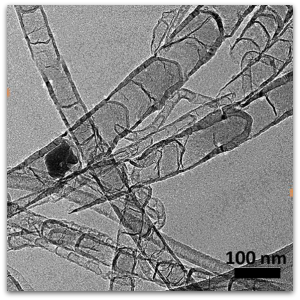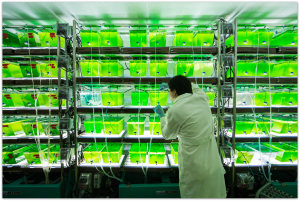The effort to harvest atmospheric carbons and transform the greenhouse gases into renewable fuels has taken one step closer to practicality due to new research out of Monash University.
Through the novel combination of cheap materials to develop an energy efficient catalyst, the researchers believe they could electrochemically reduce carbon dioxide into syngas. This produced syngas would be comprised of a combination of carbon monoxide and hydrogen—the elements widely used as the starting point to produce sustainable fuels and materials.
“Our research found that a combination of cheap materials—Molybdenum Sulphide catalytic nano-particles with a conductive layer of graphene and a well-known polymer called polyethylenimine acted together to create this energy efficient catalyst. Each component in the catalyst played a specific role in the reaction and it was only when the three were combined that the energy efficiency of the process was realized,” said Jie Zhang, lead author of the study.



